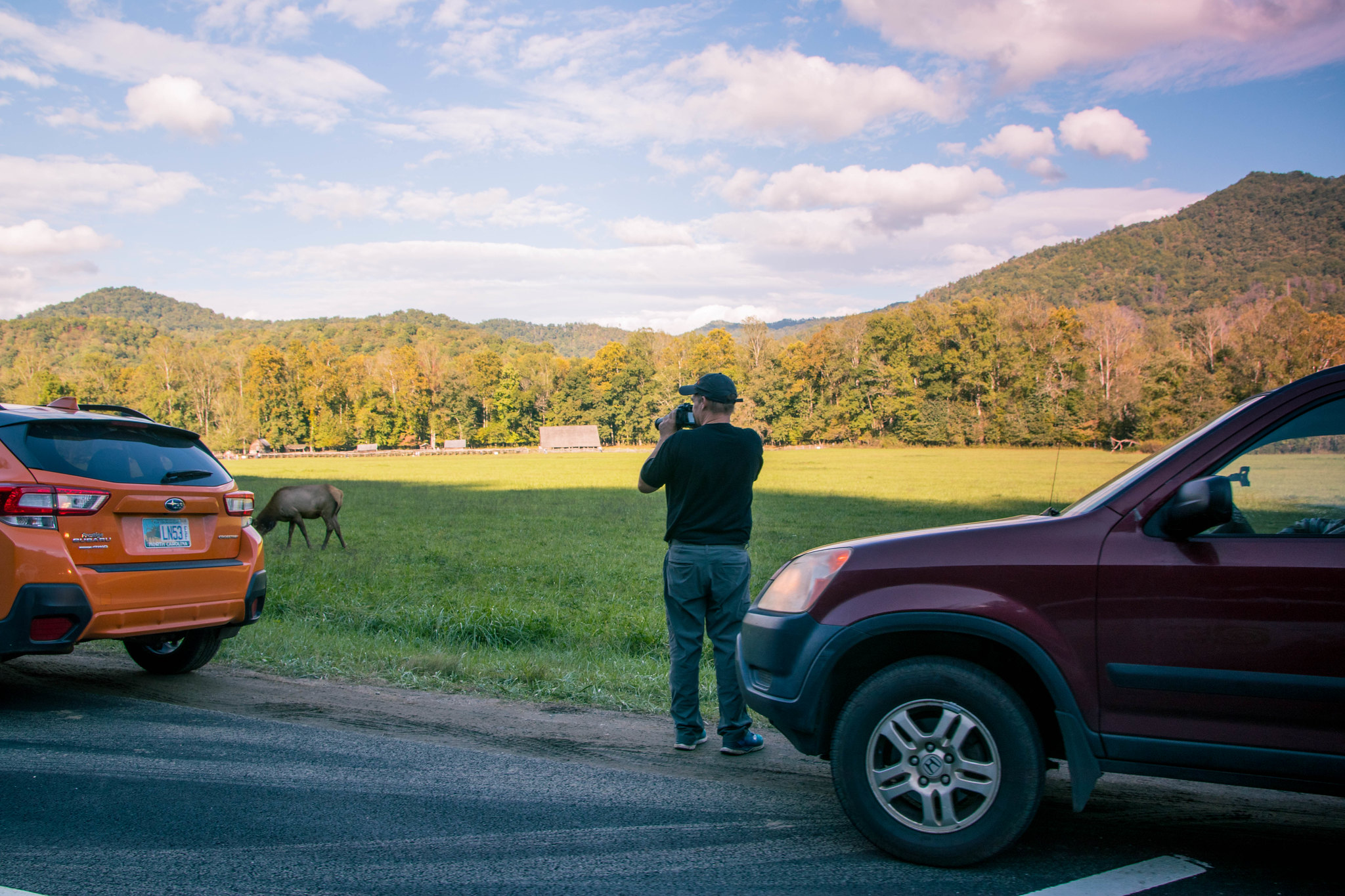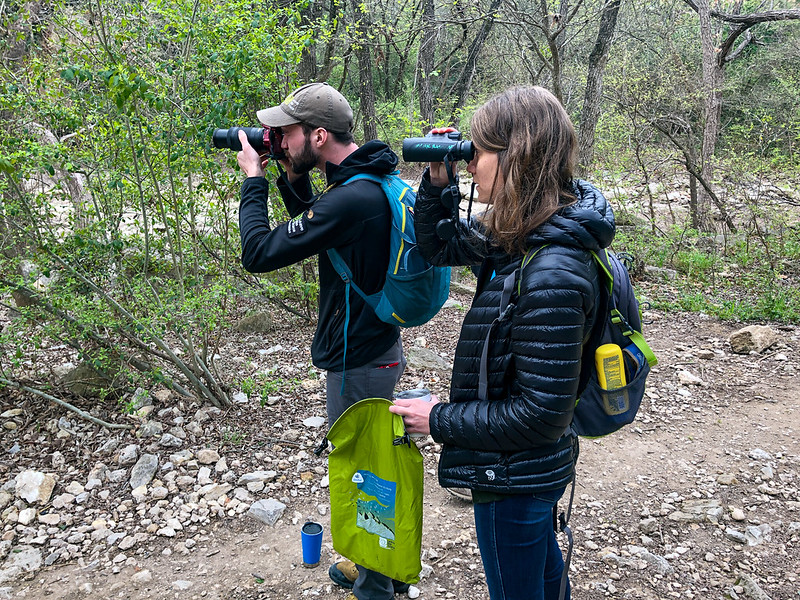News & Updates
The Burning Question: How Close is Too Close for Wildlife?


If you follow outdoor news, you’ve likely heard the oftentimes too familiar story: a visitor finds themselves too close to wildlife, the wild animal reacts, and some unfortunate consequences follow. So far this summer, there have already been three incidents of visitors getting too close to and subsequently gored by bison in Yellowstone National Park. That’s why this month we’re covering the burning question, how close is too close when it comes to wildlife?
 Source: National Park Service Instagram
Source: National Park Service Instagram
First and foremost, it is important to research what type of wildlife you may encounter on your outdoor adventures. Different wildlife requires different responses upon encounter. If you are traveling to an area that is specifically managed by any type of land management agency, such as the National Park Service in the case of Yellowstone, make sure you follow their specific guidelines for wildlife encounters. The guidance in Yellowstone National Park is to “stay more than 25 yards (23 m) away from all large animals – bison, elk, bighorn sheep, deer, moose, and coyotes – and at least 100 yards (91 m) away from bears and wolves.” If you do not know who manages the area you plan to visit, a good place to start is the state’s local fish, wildlife, and game agency as they generally will have information on wildlife commonly found in that specific state.
At times when guidance cannot be found or you forget the guidance during a surprise wildlife encounter, use the thumb trick.
The thumb trick is a good general guideline for when you find yourself in the presence of wildlife outside. Make sure your arm is fully outstretched, give a thumbs up, cover up one eye, and point your thumb in the direction of the animal. If your thumb fully covers the animal you are looking at, this means you are likely far enough away to observe them safely. If you encounter a family of animals, make sure your thumb covers the entire group. Not only is this a good way to respect wildlife in their natural habitat, it’s also important to note that animals with their young can act more territorial and protective, hence the extra space that’s often needed. Leave No Trace also continues to conduct research on this important topic.
Even as you are practicing the thumb trick, if the animal you are observing notices you and stops doing what it was doing, you are too close. That means that it’s time to move away further or move along the trail and let the animal get back to its normal habits. This is why we recommend bringing a pair of binoculars or a zoom camera lens on every trip. Using binoculars or a zoom lens to view wildlife from a much further distance is the best way to ensure both their and your safety. This helps to keep the animals from feeling threatened, stressed, or scared by our presence and allows us to view them safely in all their wild glory.

Let’s protect and enjoy our natural world together
Get the latest in Leave No Trace eNews in your inbox so you can stay informed and involved.
